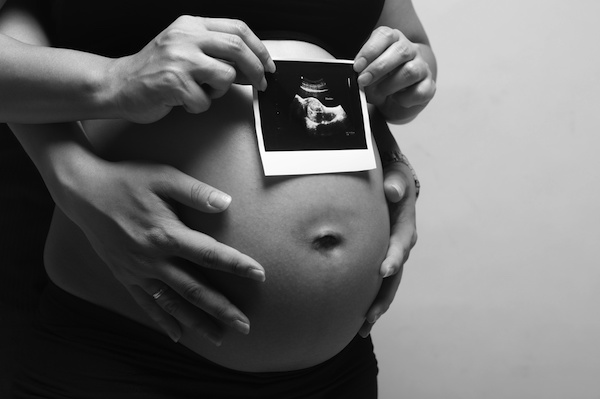
MONDAY, March 4 (HealthDay News) — Some U.S. hospitals have a rate of cesarean deliveries 10 times higher than other hospitals, a new study finds.
Researchers analyzed data from 593 hospitals with at least 100 births in 2009 and found that cesarean rates at the hospitals ranged from 7.1 percent to 69.9 percent of births.
Cesarean delivery is a potentially lifesaving procedure in certain cases, and some differences in hospital rates would be expected based on patient differences, the University of Minnesota researchers said.
In order to address this fact, they also examined cesarean rates among a subgroup of lower-risk patients. This included women whose pregnancies were not preterm or breech and did not involve multiple babies, and those with no history of cesarean delivery.
Cesarean rates among these women with lower-risk pregnancies — in which a smaller variation might be expected — varied 15-fold, from 2.4 percent to 36.5 percent, according to the study published March 4 in the journal Health Affairs.
“We were surprised to find greater variation in hospital cesarean rates among lower-risk women. The variations we uncovered were striking in their magnitude, and were not explained by hospital size, geographic location, or teaching status,” study lead author Katy Kozhimannil, an assistant professor at the university’s School of Public Health, said in a school news release.
“The scale of this variation signals potential quality issues that should be quite alarming to women, clinicians, hospitals and policymakers,” she added.
Cesarean delivery is the most common surgery in the United States, performed on 1.67 million women each year. Cesarean rates increased from 20.7 percent in 1996 to 32.8 percent in 2011, according to the Minnesota researchers.
“Cesarean deliveries save lives, and every woman who needs one should have one,” Kozhimannil said. “The scope of variation in the use of this procedure, especially among low-risk women, is concerning, as its use also carries known risks compared to vaginal delivery, such as higher rates of infection and re-hospitalization, more painful recovery, breast-feeding challenges, and complications in future pregnancies.”
The researchers outlined a number of ways to reduce the wide variations in cesarean rates at U.S. hospitals, including providing pregnant women with full information about cesarean deliveries and offering them the right care for their own pregnancies.
More information
The American Academy of Pediatrics has more about cesarean delivery.

